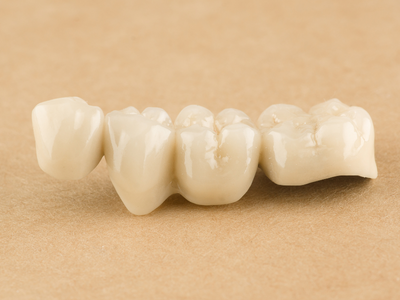A post in one of my teeth broke, but the tooth is a lateral incisor and part of a dental bridge. I had a root canal on the tooth three years ago, and my dentist added the post because the tooth was broken. Now that the post has broken at the gumline, will I need a new post and a bridge? Or can my dentist take the bridge off, replace the post, and put the bridge back? – Thanks. Stefan from San Bernardino.
Stefan,
Dr. Lacy would need to examine your tooth and take X-rays for an accurate diagnosis and treatment. However, we have a few observations.
Our first concern is whether a new post in your tooth would work or if it would also break. A post broken at the gumline limits a dentist’s techniques to grab and remove it. Sometimes, an ultrasonic scaler can loosen the cement around the post so the dentist can remove it. However, when a post breaks at the gumline, a dentist may have to drill away tooth structure to retrieve it.
A lateral incisor is a small tooth; drilling it will further weaken it. The risk of losing a second post increases. Your dentist must remove the crown from the bridge to access the post. It would be easier to remove the entire bridge, access the tooth and post, and replace the bridge. This highlights one disadvantage of a dental bridge versus a dental implant: A dentist must replace the entire bridge if a problem occurs with a tooth in the bridge.
You cannot expect a new post to last longer than the old one on a weak incisor that will absorb lateral stress when you chew. The post will weaken and break if you have a heavy biting force.
We recommend consulting a cosmetic dentist for an exam and X-rays. The dentist can determine whether you can benefit from a dental implant for the missing tooth and the tooth with the broken post or if a new post and bridge will last.
Dr. Miranda Lacy, a Plano, Texas dentist, sponsors this post.

